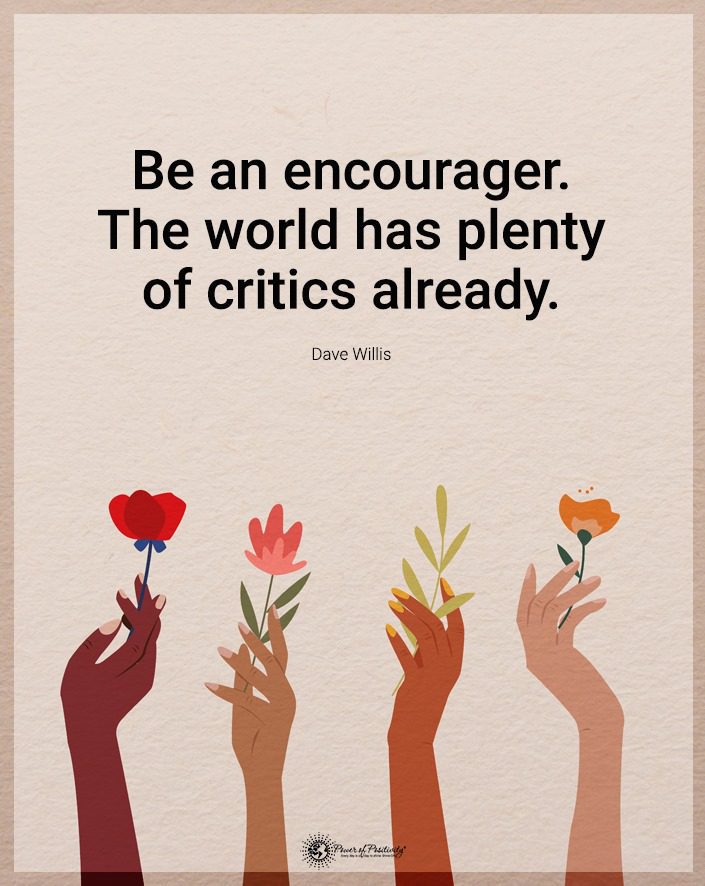Everyone engages in self-talk. Sometimes this internal conversation happens aloud. But frequently it occurs within the confines of your mind. This dialogue can be good or bad, but these things you tell yourself can encourage and motivate you. Conversely, they can destroy your positivity, self-esteem, and self-worth.
For example, a coworker invited you to lunch. Several of your fellow workers were sitting around a table, and you thought some appropriate jokes would be well received. However, you had to force the jokes, and the laughter was equally pushed.
You embarrassed yourself in front of everyone, and the self-talk on the way home was brutal. Things were going through your mind like:
- “Why did I say that?”
- “I made an absolute fool of myself.”
- “Why am I such an idiot?”
Some folks have mastered letting things roll off their back. They can channel healthy self-talk and say, “Oh, well, at least I tried.” Positive thinking has benefits, but most people are geared towards harmful speech rather than optimistic ideas. The real issue is that you will remember this dialogue at the next outing, and you may be afraid to tell a joke that people will love.
Some folks will go as far as developing anxiety in social situations as they feel awkward and insecure. When you fill your head with negativity, it inhibits you from trying again. Even the best comedians aren’t always going to get the crowd rolling, so you must understand that practice makes perfect.
Ten Tips to Engage in Kinder Self-Talk and Restore Your Positivity
You must develop good, healthy self-talk to help you push yourself to greatness. The Bible says that the power of life and death is within the tongue in Proverbs 18:21, so you can decide whether you will speak blessings or curses over your life. Here are some tips to help you increase your positive self-talk.
1. Cut Overly Negative People Out of Life Whenever Possible
Down days are commonplace, and it’s only normal to have a bad mood on occasion. Consequently, your good days should outweigh the bad. It’s imperative to keep negativity to a minimum, so you must monitor your inner circle.
Every minute of your life counts, and you don’t want to waste any of them dealing with chronically negative folks. Putting proper distance between those who drag you down can help you to be happier and have good inner dialogue. Remember that one bad apple will spoil the whole bunch, and no one likes any decayed fruit hanging around in their “friend basket.”
2. Develop an Attitude of Gratitude in Your Self-Talk
The best way that you can create positive self-talk is to be thankful. Thanksgiving isn’t the only time of the year when you can give thanks. When you develop an attitude of gratitude, it will change your whole outlook on things.
There’s one way that you can enhance your journey towards being a new and positive you; you need to start a gratitude journal. Make a goal to list five or six things you’re thankful for daily. More goodness will come your way when you start showing the universe how grateful you are for your blessings. Additionally, you will notice that your inner dialogue takes a more optimistic turn.
Many people in this life are homeless and wonder where their next meal will come from, so if you have a home and food, you’re blessed. It’s hard to be negative when you realize your blessings.
3. Visualize Your Success to Increase Positivity
Do you want success so bad you can taste it? Manifesting is quite popular these days, and if you can see it in your mind’s eye, you can do it. Stop settling for less than when you can have all you ever dream of when you learn how to change your self-talk and start visualizing accomplishment.
4. Use Positive Self-Talk Words
If you tend to dwell on the side of negativity, it’s time to make a change. Watch the words that come out of your mouth. That’s because if you speak negatively, you will think that way, also.
The benefits of positive thinking are immense, but you must retrain your brain to see the glass as half-full rather than half-empty. If you want your inner voice to spread sunshine and radiate into your soul, you must use this language when speaking to others. Remember that optimism breeds positivity, and pessimism breeds negativity.
5. Use Positive Affirmations
Do you start your day with positive affirmations or roll out of bed grumpy and ready to tackle someone who speaks to you? Using positive affirmations before you start the day can be life-altering. According to a study conducted by The Dominican University of California, using positive affirmations for just two weeks increased the esteem and attitude of 37 participants.
The subjects took the Rosenberg Self-Esteem Scale at the beginning and end of the study. The marked improvements show that ingesting positivity each day can be very beneficial to your overall well-being.
6. Don’t Dwell in the Past
Do you think that you’re the only one with a past? Every person in this world has done things they’re not proud of, but some people have learned not to beat themselves up. Use your past as a learning curve and nothing more. No need to shame yourself over those things you cannot change.
7. Don’t Compare Yourself to Others in Your Self-Talk
One of the worst things you can do for your esteem is to compare yourself to others. Stop looking in the window of your neighbors’ houses and making assumptions.
Things are not always as they seem, and you never know what goes on in someone else’s life unless you walk a mile in their shoes. You will notice a significant change in your attitude when you learn to accept yourself and not compare your life to that of others.
8. Control Your Intake of News and Media to Increase Positivity
The news rarely reports anything positive, so you must watch how much of this toxicity you ingest. You need to be in the know, but you don’t want to get so wrapped up in the doom and gloom that it changes your inner voice to a negative one.
9. Dream and Set Goals
Do you have a dream? Where do you see yourself in the next year, five years, or even ten? Every great accomplishment starts with a plan and positive self-talk.
You can be and do anything you want in this world, but you’re your own harshest critic. It would help if you learned to be kind to yourself. If your inner voice starts to take you down a path of self-doubt and negativity, only you have the power to change the rhetoric.
10. Don’t Fear Failure
Many people don’t cultivate positivity in their minds because they’re afraid they will fail. Did you know that some of the greatest success stories in the history of this country come from people who refused to give up? Failure isn’t always bad, as it teaches you lessons you can use to do better the next time.
People who live in fear avoid positive self-talk, as they don’t see themselves as successful. You should proceed if you’re satisfied with living the status quo. However, if you want to do great things and be all you can be, you need to learn to change your inner dialogue to something more positive to compel yourself to greatness.
Have you ever heard about the restaurant Raising Canes? This eatery is in Baton Rouge, Louisiana–the idea of two college students from Louisiana State University.
The teacher challenged the boys to create a business plan for a company. The guys put so much effort into their project that it soon became a dream they wanted to fulfill. They started slowly, with one restaurant near campus. their motto was to find one thing they did well and only do that one thing.
They found chicken fingers were their calling. It wasn’t long before word of their success started to travel, and they opened stores all over the country. The ironic thing is that the project received a failing grade, and the bank agreed with the professor that a restaurant selling only chicken would never work.
Regardless of who told these men no and how many times they were rejected, their inner voice kept motivating them and telling them to keep going. The rest is history.
Final Thoughts on Positive Self-Talk
You know that the benefits of positive thinking are immense, and you want to be more optimistic, but it’s challenging. In a world of negativity and despair, it’s easy to become overwhelmed by these toxic emotions. If you want more positive self-talk in your life, it’s time to change your mindset.
With just a little effort each day, you can change your attitude for today and your outlook for tomorrow. Optimistic people radiate joy and happiness in the middle of the storm, and they become a beacon for many. Don’t you want to spread positivity to yourself and others?





















